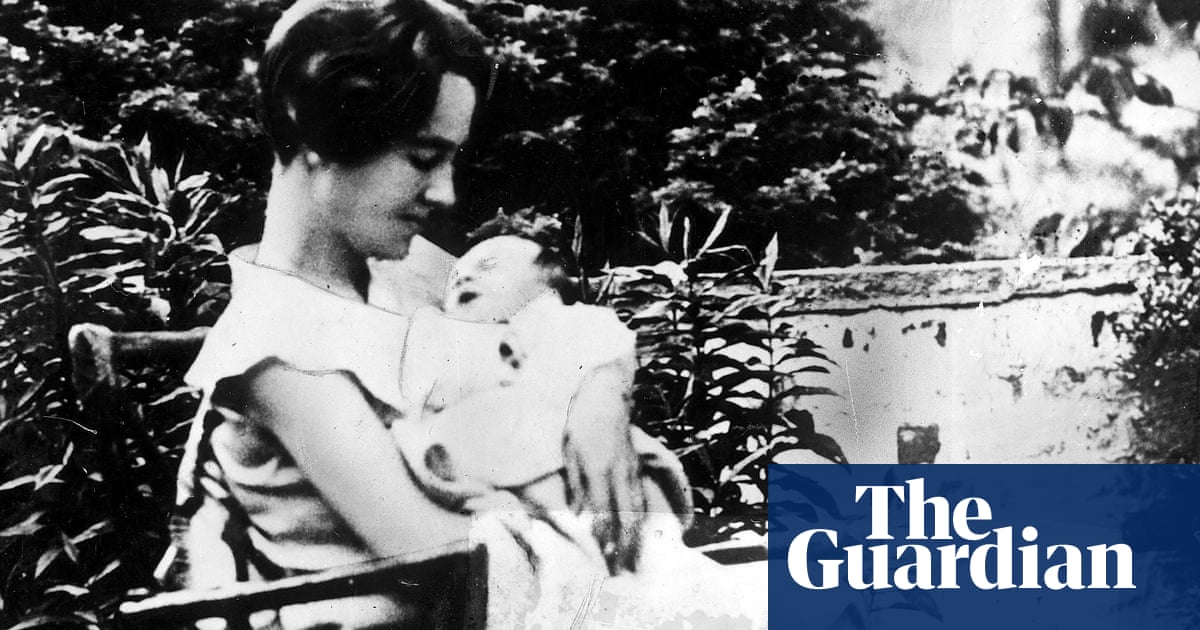
"HL Mencken once referred to the Lindbergh baby kidnapping case as the greatest story since the Resurrection, showcasing its lasting impact on American culture."
"The recent lawsuit in New Jersey aims to permit mitochondrial DNA testing on envelopes linked to ransom notes, renewing interest in the Lindbergh case."
"Despite his conviction and execution, Bruno Hauptmann maintained his innocence, raising doubts regarding the possibility of his involvement in the kidnapping."
"The Lindbergh case significantly influenced American law by making kidnapping a federal offense and expanded the FBI's powers in investigating such crimes."
The Lindbergh baby kidnapping case remains a significant part of American history, merging crime, fame, and early media influence. In 1932, Charles and Anne Morrow Lindbergh's son was kidnapped and murdered, leading to the conviction of Bruno Hauptmann based on circumstantial evidence. This case prompted legal changes including federal involvement in kidnappings. Recent efforts to reopen the investigation focus on mitochondrial DNA tests of ransom note envelopes and access to extensive archived evidence, aiming to uncover lasting questions about co-conspirators and Hauptmann's true involvement in the crime.
Read at www.theguardian.com
Unable to calculate read time
Collection
[
|
...
]